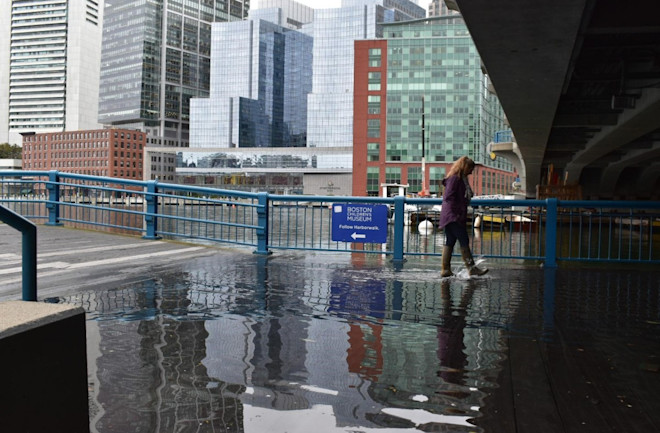Citizen Science Salon is a partnership between Discover and SciStarter.org.
Wicked high tides, also known as king tides or astronomical high tides, are a natural phenomenon that occurs several times a year in certain areas around the globe. In the Boston area, these events usually happen in March and October. This is when there is a full or new moon, and the Earth, Sun and moon align to create an extremely high tide. These events are often associated with greater flooding, sometimes called “sunny day flooding” or “nuisance flooding.” These floods happen regardless of storms or precipitation and can cause roads, sidewalks or certain areas to be impassable.
If these events already occur naturally, what can we do about them? Wicked high tide events give us a glimpse into what our future will look like as sea levels rise under climate change. Learning exactly what areas are already flooding will help resiliency planners know where to focus their efforts in minimizing sea level rise in their communities.
Today, 40 percent of the American population lives near a coast. Flooding events can cause major social, economic and environmental impacts by interrupting businesses, damaging transportation, buildings and the coastal environment. High tide flooding has increased in the U.S. on average by about 50 percent compared to 20 years ago and 100 percent compared to 30 years ago. In Massachusetts, for example, sea levels have already risen eight inches since 1950. The rise in sea levels makes tidal flooding and coastal erosion more likely, and further increases the risk to coastal communities from storm surges due to hurricanes.


